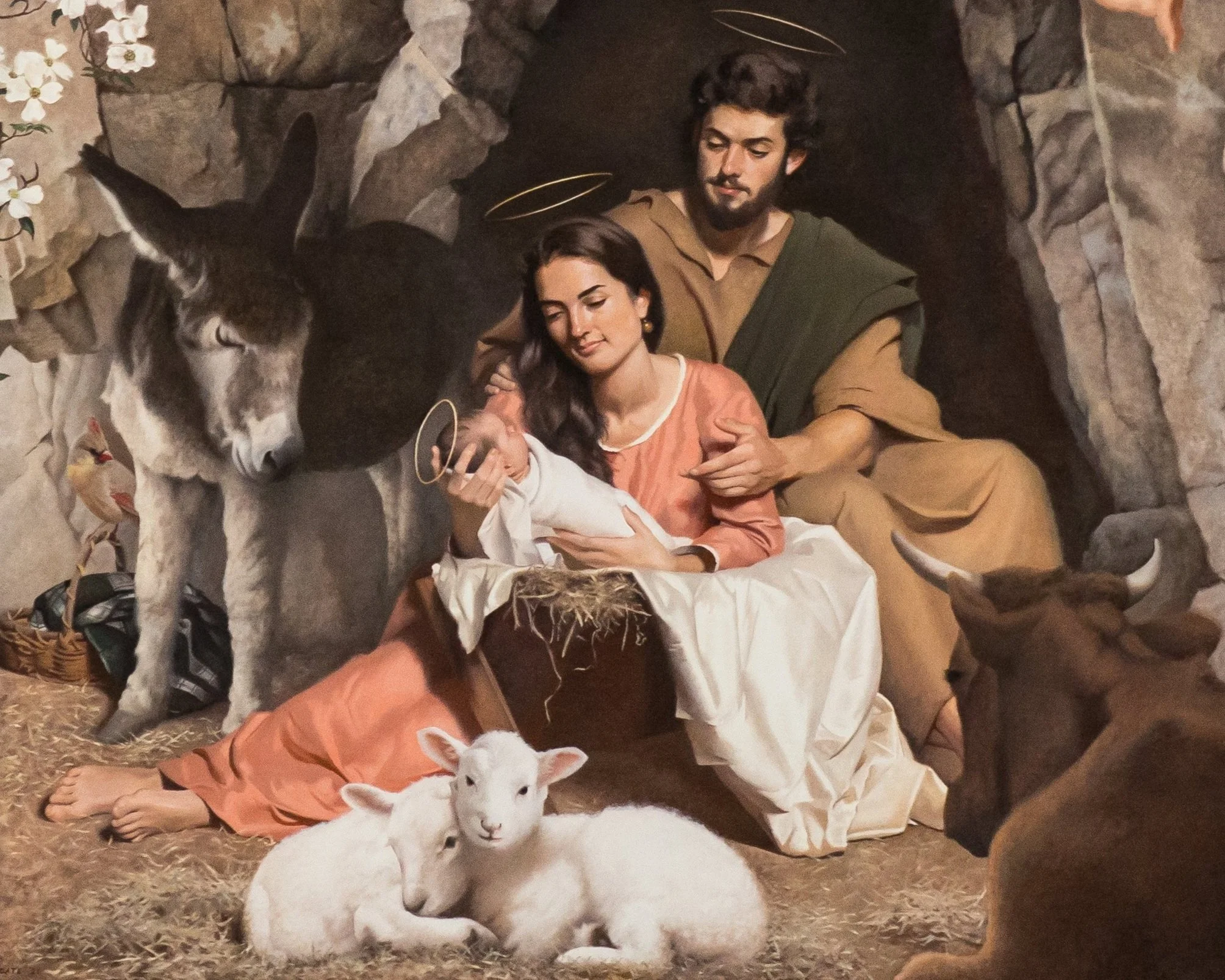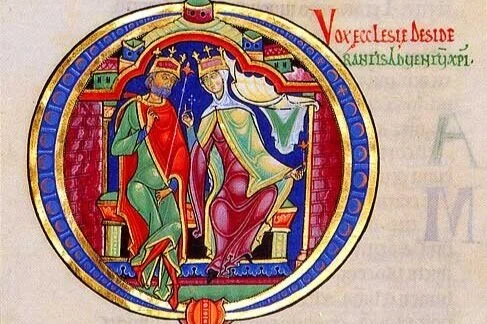When We Love We Want to Know Names and Faces
A Description of the Theory of Harmony and Proportion in Renaissance Architecture
Rudolph Wittkower (1901-1971) contrasts the approach of architects from the High Renaissance period, who relied largely on musical theory for their mathematics, with those of the ancient Greek and the medieval period, who used geometric constructions based upon the triangle, the square, and the pentagon.
A New Painting of the Nativity by Henry Wingate for Oakcrest School in Virginia
An Auction in Holland Highlights Problems - the Sale of Holy Relics
Book Recommendation: A Journey with Jonah, Part Three - Art and Literature Through Centuries
Book Recommendation: A Journey With Jonah, Part 3 - The Themes of Jonah in Non-Catholic Cultures
Book Recommendation - Commentaries on the Book of Jonah by Joseph Ratzinger and Fr Paul Murray OP
Philadelphia Art Museum - Site of the Iconic Rocky Steps and of a House for Beautiful Art
The iconic scene is a metaphor for the narrative of an against-the-odds climb out of poverty to success, that not only applies to Rocky, but in many ways to Stallone himself. The imagery would not have worked if the site of the summit had not been grand, beautiful and in many ways a symbol of the idealized city.
Princeton University architecture: the Good, the Beautiful and the Ugly
Join Us for a Webinar on Art, Education and Cultural Renewal, Thursday 30th September
In Anticipation of September 14th, the Feast of the Exaltation of the Holy Cross: A Response to Current Events
Pictorial Allegories of the Love of God Inspired by the Song of Songs - Part 2
A Classic Book on Art and Beauty to Be Republished: The Beauty of Holiness and the Holiness of Beauty
Ron Gaudio's blogpost on Pythagoras and his lasting influence on Western Civilization
For Pythagoras and many other Greek philosophers, the beauty of the cosmos reflected not only a harmonious order but divinity itself. That is why they were also a community that worshipped. Pythagoras’s legacy reached even to the United States, being responsible for the architectural beauty of Monticello, Harvard Hall, and the Capitol Building.
Report on the March for Eternal Life - and notification of more Pilgrimages coming this year.
The 2nd Annual March for Eternal Life, May 29 & 30, Point Reyes to the Golden Gate, Marin County, CA
How to Find Catholic Works of Art at Auction Houses, and How to Bid
Quiz for Greek Scholars! Who Is The Figure Kneeling Before Melchizedek in this Icon?
A reader wrote to me recently asking me to identify the kneeling figure in the icon below. The two standing figures are Abraham on the left and Melchizedek on the right. The question he had was who is the figure kneeling before Melchizedek? It originates from Mt Sinai and is part of a catalog of color transparencies and slides stored at Princeton University which are part of the total documentation that was produced by the Michigan-Princeton-Alexandria Expeditions to Sinai in 1956, 1958, 1960, 1963, and 1965. These images document the icons at Sinai. The remainder of the photographic archive is stored at the University of Michigan.
In his note, he suggested that it looks as though it is a bishop from the vestments and that the text appears to read Adelphostheos...
which I think is a Greek name (James Adelphos) used for James the Just, the first bishop of Jerusalem (which perhaps connects him to Melchizedek, the first priest of Jerusalem).
I was no help to him whatsoever! I can't read Greek, I didn't recognize the icon and I don't know anything about James the Just. I thought therefore, I would throw the question open to readers of the Way of Beauty. Any ideas folks?
I have an additional question for you. Why would this figure be kneeling in front of Melchizedek? The attitude the figure adopts is such a deep prostration that my instincts tell me that this is one of worship, which is due to God alone. Am I overreacting here do you think?
A number of explanations to this do occur to me:
First, worship is primarily an interior act. Clearly, there is deep respect here, but this prostration doesn't necessarily indicate worship and I am simply misreading the posture. Our bishop is in fact venerating Melchizedek.
Second, perhaps James is not kneeling before Melchizedek, but before Christ, who is shown at the top of the icon. It would be easy for someone who wandered into any Catholic Church during Mass when the congregation was kneeling and didn't understand what they were seeing to look at the assembly and seeing them kneeling en masse before the celebrant and interpret that as priest worship. There is a practical difficulty that the artist has to overcome here that might have pushed him into portraying the figure this way. If he was to paint the bishop kneeling before Christ, as portrayed, he would be kneeling so that the only view of him that we would have would be his rear end. This is not only undignified, it breaks the convention of iconography which says that all saints must be seen in full or three-quarter profile so that both eyes can be seen. In order to accommodate this, the iconographer, one might argue, has played with the perspective here and shown the figure looking upwards as though Christ is above him and nearer to us than he is, so allowing the bishop to turn around and face us. A similar argument, incidentally, might apply to the gaze of the standing figures too.
Third, he is kneeling before Melchizedek, but only insofar as he recognizes him as in persona Christi.
Again, any thoughts on this? There might be a clue here (which again I am not able to interpret) in that the bishop is holding something. Again, I am not sure what this is. There is very little information about the original icon on the Princeton website.

























